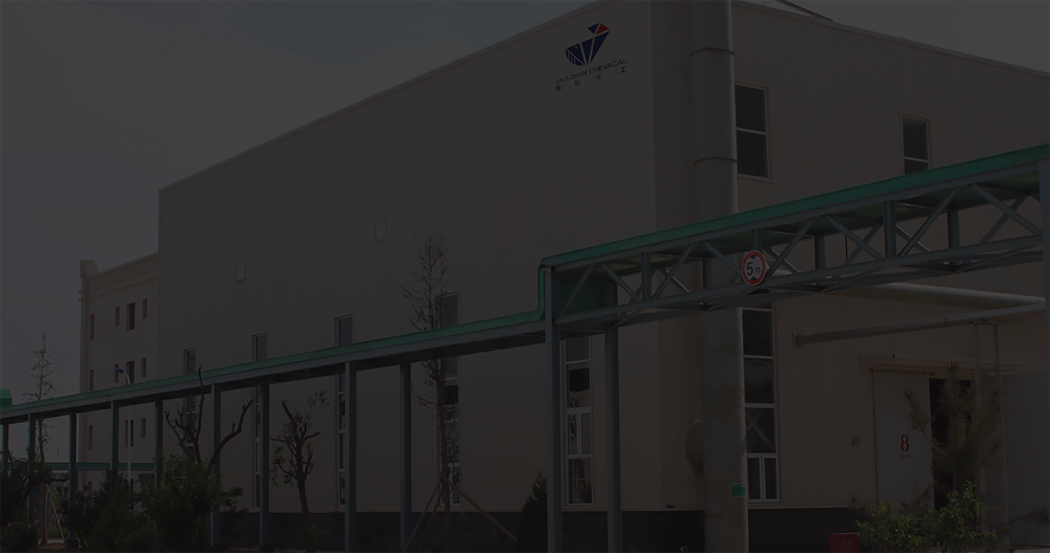
ഒക്ട് . 04, 2024 18:47 Back to list
hydroxy ethyl cellulose price
Understanding the Price Fluctuations of Hydroxyethyl Cellulose
Hydroxyethyl cellulose (HEC) is a non-ionic, water-soluble polymer derived from cellulose, widely used in a variety of industries due to its favorable properties. Its applications range from pharmaceuticals to personal care products, construction materials, and food formulations. The demand for HEC has been on the rise, leading to fluctuations in its market price. This article explores the factors influencing the price of hydroxyethyl cellulose and the trends in the market.
Market Demand and Application Growth
The growing demand across various sectors is a significant driving force behind HEC price fluctuations. In the pharmaceutical industry, HEC is utilized for drug formulations, serving as a thickening agent and stabilizer in gels and suspensions. The increasing focus on drug development and healthcare innovation has propelled the demand for HEC, contributing to price increases.
In the personal care market, HEC is often used in cosmetics and skincare products for its ability to enhance texture and stability. The rising consumer preference for high-quality personal care products, especially those with natural ingredients, has led manufacturers to seek out HEC, further influencing its price.
Additionally, in the construction industry, HEC is used in adhesives and cement-based materials due to its water-retention properties and ability to improve workability. With the growth of the construction sector globally, particularly in emerging markets, the demand for HEC is expected to rise, impacting its pricing dynamics.
Supply Chain Dynamics
Supply chain factors play a crucial role in determining the price of hydroxyethyl cellulose. The primary raw material for HEC production is cellulose, which is derived from natural sources like wood pulp and cotton. Fluctuations in the availability and price of these raw materials directly impact HEC prices. For instance, any disruptions in forestry management practices, such as environmental regulations, can lead to a decrease in raw material availability, resulting in higher HEC prices.
Furthermore, the production process for HEC involves complex chemical reactions, and any changes in production capacity, technology, or labor costs can influence its price. Economic conditions that affect the cost of manufacturing, such as energy prices and labor market stability, also contribute to supply chain unpredictability.
hydroxy ethyl cellulose price

Geopolitical Factors
Geopolitical situations can significantly influence the global supply and demand landscape for HEC. Trade regulations, tariffs, and international relations can either facilitate or hinder the import and export of HEC and its raw materials. For example, trade tensions between major economies could lead to increased costs or shortages of HEC in certain markets.
Additionally, political instability in regions that are key suppliers of raw materials may result in disruptions in the supply chain, further affecting prices. Manufacturers need to remain vigilant about global political developments to mitigate risks associated with price fluctuations.
Technological Advancements
Advancements in technology also play a pivotal role in shaping the hydroxyethyl cellulose market. Innovations in production processes can enhance efficiency, reduce costs, and improve the quality of HEC. When manufacturers adopt new technologies that lower production costs, they may pass these savings onto consumers, leading to reduced prices.
Conversely, if technological advancements require significant investment, initial costs may drive prices higher before market equilibrium is reached. The interplay between technological investments and market prices will continue to be a critical factor in the HEC landscape.
Conclusion
The price of hydroxyethyl cellulose is influenced by a complex interplay of market demand, supply chain dynamics, geopolitical factors, and technological advancements. As industries that utilize HEC continue to grow, it is expected that the demand will keep rising, leading to price volatility. Stakeholders, including manufacturers, distributors, and consumers, must stay informed about market trends and factors affecting pricing to navigate the HEC landscape effectively. With careful monitoring and strategic planning, it is possible to manage the impacts of price fluctuations in this essential industrial product.
-
The Widespread Application of Redispersible Powder in Construction and Building Materials
NewsMay.16,2025
-
The Widespread Application of Hpmc in the Detergent Industry
NewsMay.16,2025
-
The Main Applications of Hydroxyethyl Cellulose in Paints and Coatings
NewsMay.16,2025
-
Mortar Bonding Agent: the Key to Enhancing the Adhesion Between New and Old Mortar Layers and Between Mortar and Different Substrates
NewsMay.16,2025
-
HPMC: Application as a thickener and excipient
NewsMay.16,2025
-
Hec Cellulose Cellulose: Multi functional dispersants and high-efficiency thickeners
NewsMay.16,2025







